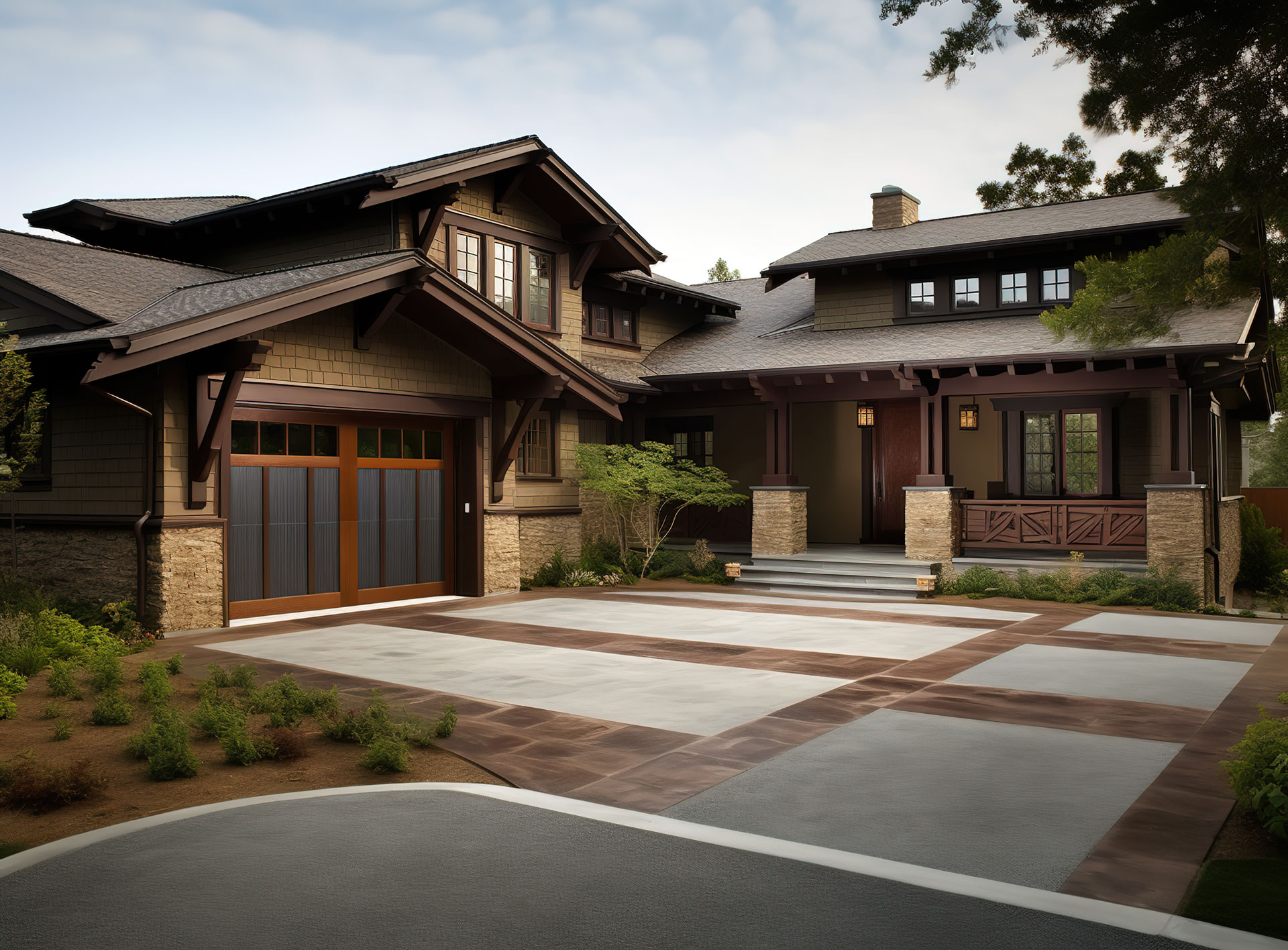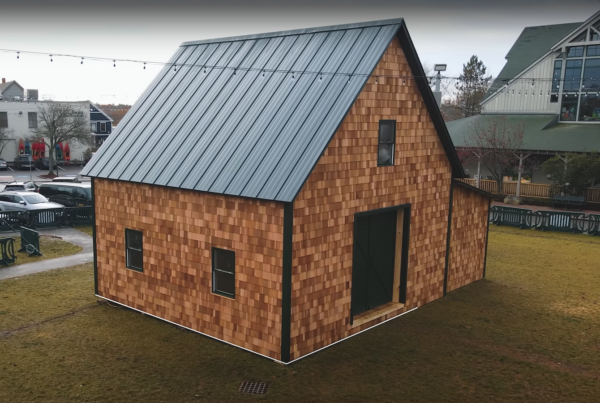When it comes to choosing roofing and siding materials for your home or commercial building, cedar shingles stand out as a popular and timeless choice. Known for their natural beauty, durability, and environmentally friendly properties, cedar shingles offer a unique combination of aesthetics and functionality. In this article, we’ll delve into the characteristics of three prominent cedar species used for shingle production: Western Red Cedar, Alaskan Yellow Cedar, and Eastern White Cedar.
Western Red Cedar Shingles: A Blend of Elegance and Resilience
Originating from the majestic landscapes along the western coast of North America, Western Red Cedar (Thuja plicata) shingles have become synonymous with architectural elegance. These shingles are characterized by their striking reddish-brown hue, which adds a touch of warmth to any structure. Over time, if left untreated, they transform into a dignified silver-gray patina, further enhancing the shingles’ visual appeal.
One of the standout features of Western Red Cedar shingles is their durability. Thanks to the wood’s natural resistance to decay, insects, and moisture, these shingles boast a long lifespan, making them an ideal choice for roofing and siding. The material’s moderate density and weight make it easy to work with during installation, allowing for precision and efficiency.
Sustainability is another hallmark of Western Red Cedar. Harvested from well-managed forests, this species is renewable, making it an eco-friendly choice for environmentally conscious consumers. Whether used for roofing, siding, or decorative elements, Western Red Cedar shingles offer an inviting and luxurious appearance that enhances the overall aesthetic of a building.
Alaskan Yellow Cedar Shingles: A Subtle Elegance Built to Last
Hailing from the Pacific Northwest and Alaska, Alaskan Yellow Cedar (Cupressus nootkatensis) shingles exude a sense of understated elegance. These shingles display a pale yellow to light brown color that imparts a soothing ambiance. Like its cedar counterparts, Alaskan Yellow Cedar shingles gracefully age to a silver-gray patina over time, adding character to the structure.
Alaskan Yellow Cedar shingles are celebrated for their exceptional durability. This wood species boasts a high natural resistance to decay, insects, and moisture, ensuring a strong defense against the elements. The relatively high density of Alaskan Yellow Cedar contributes to its longevity, making it an excellent choice for applications that require strength and endurance.
Despite its sturdiness, Alaskan Yellow Cedar retains a sense of refinement that suits various architectural styles. Whether used for roofing, siding, or decking, these shingles provide a touch of sophistication that harmonizes with both modern and traditional designs. As with other cedar species, the sustainability of Alaskan Yellow Cedar aligns with environmentally conscious building practices.
Eastern White Cedar Shingles: A Classic Choice with Timeless Appeal
Native to the northeastern United States and southeastern Canada, Eastern White Cedar (Thuja occidentalis) shingles have a rich history of adorning homes with their classic charm. These shingles are known for their light color palette, ranging from creamy white to pale yellow. Much like their counterparts, they gradually develop a distinguished silver-gray patina that only enhances their allure.
Eastern White Cedar shingles excel in durability, possessing a natural resistance to decay and insects. This resilience makes them an ideal choice for exterior applications where longevity is a priority. Their moderate density and lightweight nature contribute to easy installation, which is beneficial for both contractors and homeowners.
The aesthetic appeal of Eastern White Cedar shingles lies in their timeless appearance. With associations to traditional and historical architecture, these shingles offer a sense of heritage and authenticity. Their versatility makes them suitable for a range of building elements, from roofing and siding to decorative accents.
Sustainability is a key aspect of Eastern White Cedar’s appeal. Harvested with environmentally responsible practices in mind, this species aligns with the principles of responsible resource management. Choosing Eastern White Cedar shingles not only enhances your building’s aesthetic but also supports eco-friendly construction.
Choosing the Right Cedar Shingles for Your Project
Selecting the ideal cedar shingle species for your construction project involves considering a range of factors. Each type of cedar—Western Red, Alaskan Yellow, and Eastern White—brings its own set of characteristics to the table. Factors such as color preference, regional availability, and intended use should guide your decision.
If you’re drawn to the rich reddish-brown hues that mature into a graceful silver-gray patina, Western Red Cedar shingles might be the perfect fit. For those seeking a subdued elegance that stands the test of time, Alaskan Yellow Cedar shingles offer both durability and sophistication. And if you’re captivated by the classic look associated with historical architecture, Eastern White Cedar shingles embody that timeless charm.
Furthermore, each cedar species aligns with sustainability practices, making them environmentally responsible choices for conscientious builders and homeowners. The natural durability and resistance to decay, insects, and moisture across all three species ensure that your investment in cedar shingles will yield long-lasting beauty and protection.
In conclusion, the world of cedar shingles presents an array of choices, each with its own unique character and benefits. Whether you opt for the warmth of Western Red Cedar, the elegance of Alaskan Yellow Cedar, or the timeless appeal of Eastern White Cedar, you can be confident that you’re choosing a roofing and siding solution that combines aesthetics, durability, and sustainability in a truly remarkable way.






